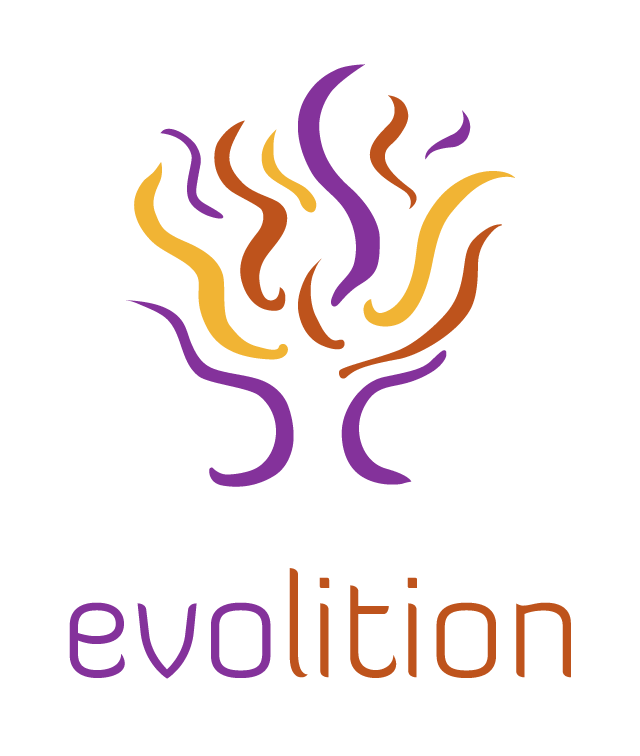thank you
for joining our October of Self-Compassion. It was so lovely to share this practice with you. Below, you will find video recordings of the class for your use, and associated tools and references.
Attendance in this class includes counseling and support for your ongoing practice as well as any follow up questions you may have.
“This is a moment of suffering. All creatures suffer sometimes. May I be kind.” - Dr. Kristen Neff
First of four in this series, we explore elements of the definition of Self-Compassion, and deeply emphasize common humanity.
Continuing our work on the nature of the human condition, we discuss making mistakes, the process of socialization, and shame. We also define and explore mindfulness, one of the essential components of self-compassion. Our practice uses the language of Nonviolent Communication (NVC) to help us identify our feelings and needs and respond to them with kindness.
Thoughts on self forgiveness, including the addictive nature of self-flagellation, the importance of empathy for self and others, and resistance to self-forgiveness.
Resources:
Nonviolent Communication by Marshall Rosenberg. Particularly the chapters on empathy and nonviolent self talk (I think 8 and 9)
The Power of Kindness: Unexpected Benefits of Leading a Compassionate Life by Pierro Ferrucci. His essay on Forgiveness is good, and Empathy, though pretty much the entire book is incredible
Tara Brach's teachings on forgiveness, which are numerable. I listened to this talk specifically to prepare for class and had some huge insights working through the meditation at the end.
Wrapping up our series, we dig more deeply into facets of the human condition, including the duality of needing to make meaning of things while the meaning we make simultaneously imprisons us. Our practice asks us to see the emotions fueling our thoughts and then requests kindness in the face of such strong emotion.
An article on Shavayatra (“traveling the corpse,”) a practice to sharpen concentration, discussed at the end of class as a method for moving the mind away from intrusive thoughts.
